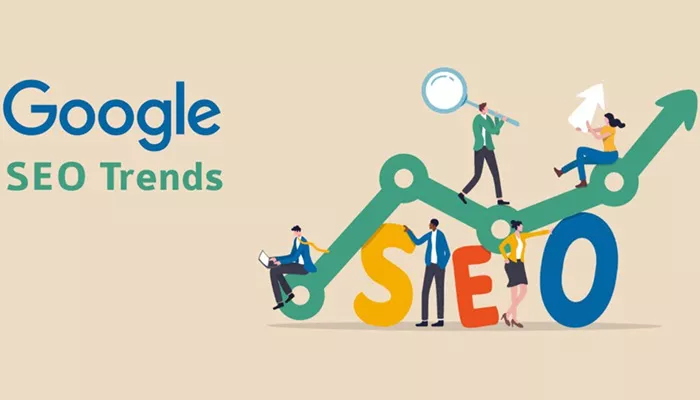As we enter 2025, Google’s SEO landscape is rapidly evolving, driven by advancements in artificial intelligence, big data, and shifting user behaviors. For cross-border e-commerce sellers, staying ahead of these changes is crucial to optimizing search rankings and capturing new market opportunities.
AI Integration Enhances Search Understanding
Google increasingly leverages artificial intelligence, particularly natural language processing and machine learning, to better interpret user queries. This shift means that simply stuffing keywords no longer suffices. Instead, website content must genuinely address users’ needs and search intent to rank well.
Cross-border sellers should focus on creating content that solves real problems and aligns precisely with user expectations. Additionally, Google’s AI now handles long-tail keywords more effectively, encouraging sellers to target more specific, niche queries to attract high-quality traffic.
User Experience Remains a Core Ranking Factor
In 2025, Google continues to emphasize the importance of user experience (UX) in its ranking algorithms. Key factors include fast page load speeds, mobile-friendliness, and intuitive site navigation—all of which impact bounce rates and user engagement metrics.
Sellers are advised to optimize site speed by compressing images, minimizing redirects, and reducing file sizes. Ensuring a responsive design that works seamlessly on smartphones and tablets is essential, given the growing share of mobile traffic. Moreover, clear navigation structures and simple menus help users find content quickly and facilitate search engine crawling.
Rise of Voice Search Calls for Optimized Long-Tail Keywords
With the proliferation of smart assistants, voice search is becoming a mainstream way for users to seek information. Voice queries tend to be longer and more conversational than typed searches, making optimization for natural language essential.
To capitalize on this trend, sellers should incorporate conversational long-tail keywords and common question formats into their content. Developing comprehensive FAQ pages can also improve voice search visibility and enhance user experience.
Visual Search Gains Momentum
Visual search is an emerging trend where users upload images to find related products or information. Google is refining its visual search algorithms, making it vital for sellers to optimize image and video content.
Best practices include adding descriptive ALT tags with relevant keywords and uploading high-quality, engaging product photos and videos. Connecting independent sites with visual-centric social platforms like Instagram and Pinterest can further increase product exposure.
Consistent Content Updates Boost Authority
Maintaining a steady flow of high-quality content remains critical in 2025. Google favors websites that regularly update their content, recognizing them as active and authoritative sources.
Sellers should publish valuable articles, case studies, and industry reports to attract and retain users while improving search engine rankings. Updating older content to keep it current and accurate also contributes positively to SEO performance.
Related Topics
- SEO: How to Survive and Thrive in the Age of AI
- Why User-Generated Content (UGC) Holds Key Value for SEO
- Singapore SEO Boosts Startup and E-commerce Traffic

